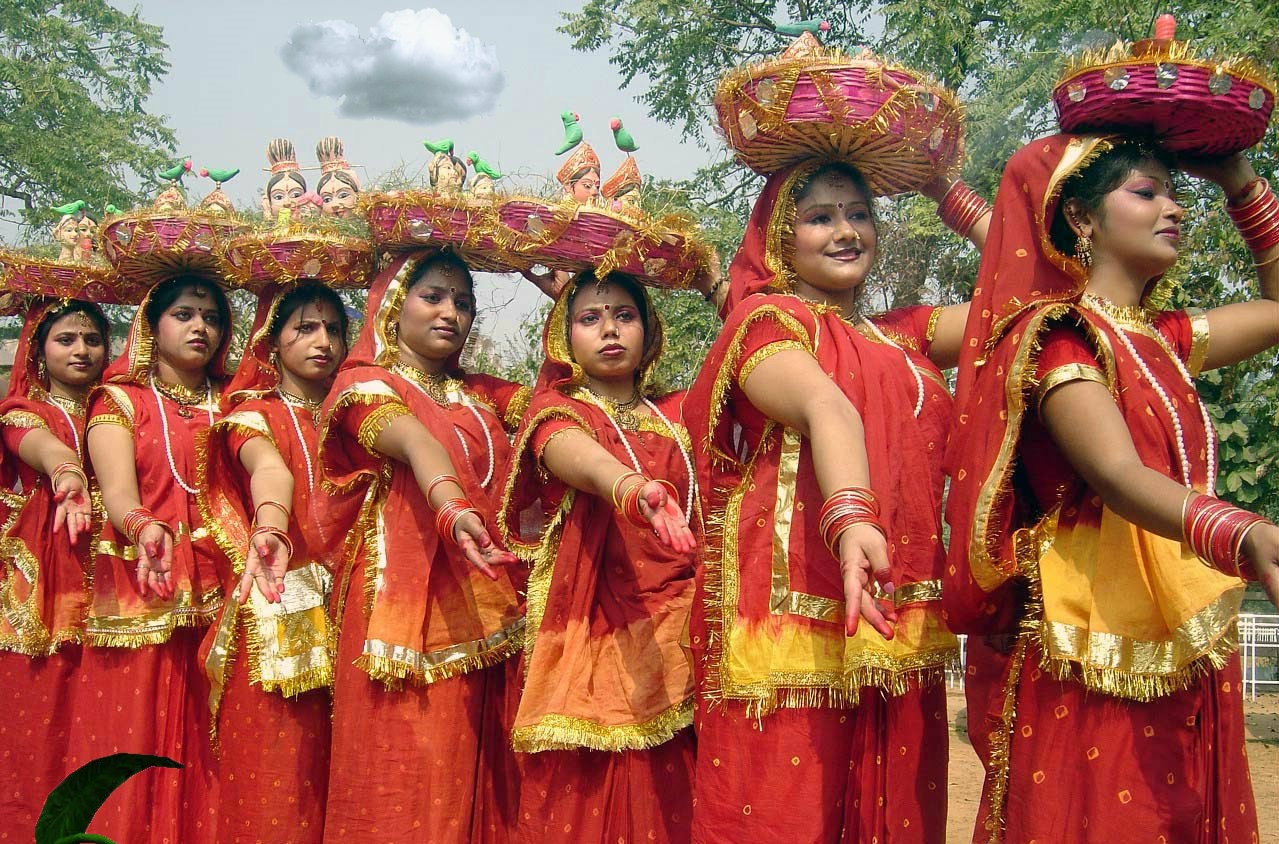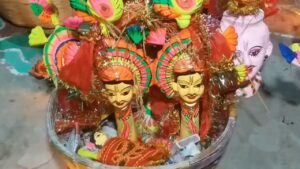Sama Chakwa: Mithila’s folk dance in need of saviours

Performers say that Sama Chakwa dance is not just about physical movements, but also about expression & narration
“It used to be a dance performance where artisans and potters designed special clay toys and lamps that would be easy to carry and balance while performing. Singers and musicians made sure that they filled the performance with optimum innocence and fun with their voice and music. Now, all of it is gone and we, a bunch of dancers, are probably the last generation of Sama Chakwa performers,” says Kavita Thakur, a Patna-based dancer and theatre actor who has performed the dance form all across the country for the past 25 years.
Story of Sama Chakwa
Sama Chakwa or Chakeva is a dance-drama performed at various festivals in Mithila region, that covers northern Bihar and extends into Nepal. “It is celebrated especially in November when the birds begin their migration from the Himalayas towards the plains of India,” adds Thakur.
According to Hindu mythology, the dance form, which includes folk theatres and song, celebrates the bond between siblings and is based on a legend recounted in the Puranas (ancient mythological texts).
Thakur explains the story behind this dance-drama. It narrates the story of Sama, a daughter of Lord Krishna, who had been falsely accused of some wrongdoing. Her father cursed her and turned her into a bird, but the love and sacrifice of her brother Chakeva, also called Chakwa, eventually allowed her to regain human form.
“This dance is not only performed on festivals but throughout the year. It is performed on stage during theatrical performances as well as during wedding rituals when sisters ask their brothers to not change their personalities after getting married. But I am sure very few people know of it despite it being an ancient dance form of Mithila,” says 53-year-old Thakur.
Expression is the key
She goes on to explain that there are no specific steps to this dance as the mythological story is told in different ways in different parts of Bihar and based on that, dance steps also vary. “The performance is very energetic and alluring. The only requirement of this performance is the prop, expression and a well-written song. As the basic story does not change, the expressions also remain the same. Performers are free to modify the steps though,” adds Thakur.
Women, and sometimes men who are disguised as women wear Ghagra-Choli (skirt and blouse) and Chunni (scarf to cover head). The colours of the costumes are usually very bright. The main attraction of the costume is a conical hat on the top and a Thaal (huge metal plate) that is carried by each performer.
As per the traditional celebration, during late evenings, young, mostly unmarried girls assemble near the ghats (river banks), especially during the Chhath festival, with a basket containing small idols of Sama and Chakeva, candles, kohl, clay made daily use appliances and toys.
They sing traditional songs, perform some rituals, like making kohl, exchanging baskets while they sing, dance and perform. Different folk songs, especially Maithili songs, are sung while performing.
Sama Chakwa dance is not just about physical movements and coordination, but also about expression and narration. “Performers do not dance but perform the whole act in this dance form. They need to be expressive with their face and gestures. It is not an easy dance form. Make-up is also minimal as it is from the perspective of a child,” says Bhoomi Devi, a 42-year-old folk dance teacher from Patna. Devi has been teaching Sama Chakwa at a small dance coaching for over a decade now.
Gradual erosion of folk culture
“Earlier, womenfolk in Mithila used to make clay idols of different birds and decorated them in traditional ways. Nowadays, clay idols of Sama-Chakeva are readily available in the market,” she further adds.
Devi says that she trains a group of seven young girls whom she considers the last generation of performers of Sama Chakwa. “The number of girls I have been training has decreased each year. I started with 55 girls and now I am only left with seven. I am almost sure that this folk art will die with them and there will be no one to pass it on to the next generation,” she explains dolefully.
She says that the overall folk tradition has been hit hard by the onslaught of modern lifestyles, the proliferation of nuclear families and outward migration from the Mithila region for employment.
“We used to listen to folk songs and perform this folk dance during our school and college days. The songs could also be heard at every nook and corner of the state. But now, it is not common anymore,” says Devi, still hoping that the number of youngsters learning this dance form increases and artists take this folk dance of Bihar to a bigger stage.










